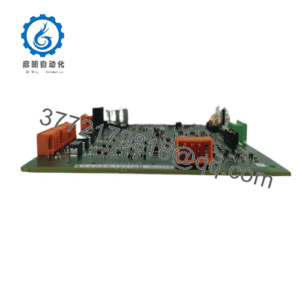Description
In the high-pressure world of turbine control, where discrete signals from limit switches, pressure contacts, or emergency stops must traverse noisy environments without a whisper of delay or distortion, engineers frequently battle integration pitfalls that undermine the entire process control chain. The GE IS220PDIOH1A tackles this squarely as a versatile discrete input/output module within GE’s Mark VIe platform, engineered to forge bulletproof electrical bridges between Ethernet I/O networks and field terminal boards in industrial automation setups. Picture a gas turbine facility ramping to full load, where a fleeting contact bounce from a valve position sensor could misfire a sequence, triggering unnecessary trips and hemorrhaging revenue; or an offshore wind array, where salt-spray corrosion and gale-force vibrations demand unyielding I/O signal fidelity to sustain generator synchronization amid erratic gusts. These are the cruces where system stability hangs by a thread, and generic I/O packs falter under the weight of EMI, thermal drift, or protocol mismatches.
The GE IS220PDIOH1A rises to the occasion by channeling up to 24 contact inputs and 12 relay outputs with optical isolation that quells noise, ensuring high-reliability responses in simplex or triple modular redundant (TMR) configurations. In typical deployments—like bolstering legacy Speedtronic retrofits for enhanced diagnostics or embedding into modular I/O architectures for scalable renewables—it becomes the linchpin, obviating the need for disparate PDIA and PDOA modules that clutter cabinets and inflate wiring complexity. Without it, ops teams grapple with brittle setups prone to false actuations, spiking maintenance logs and compliance risks in process control environments bound by SIL mandates. This module, however, embeds a local processor for autonomous data acquisition, preempting upstream bottlenecks and delivering the modular integration that lets you layer safety interlocks atop performance loops seamlessly.
- IS220PDIOH1A
- IS220PDIOH1A
- IS220PDIOH1A
What resonates with deploying engineers is its anticipatory design: dual Ethernet ports for resilient IONet daisy-chaining, coupled with feedback diagnostics that spotlight wetting voltage drops or unresponsive relays before they propagate faults. It dovetails naturally with search intents around “discrete I/O module” or “turbine Mark VIe pack,” surfacing as a pragmatic ally for those prioritizing high-reliability over hype. If your automation ethos demands that every switch closure and relay snap contributes to fortified uptime rather than fragile workarounds, the GE IS220PDIOH1A reframes those imperatives as intuitive realities, steeped in the tactical depth that guides informed field choices.
Assembling a turbine’s sensory web calls for an I/O module that doesn’t dictate the architecture but elevates it, harmonizing field grit with digital precision across the stack. The GE IS220PDIOH1A embodies this as a PDIO pack in the Mark VIe series, serving as the neural conduit that marshals discrete signals from terminal boards into Ethernet streams for controller scrutiny. It ingests up to 24 binary inputs—debounced via 4 ms hardware filters to ignore transients—while commanding 12 form-C relays for output duties, all processed by an onboard acquisition board that timestamps events with microsecond fidelity before funneling them through dual RJ-45 ports to the IONet backbone. This setup ensures galvanic isolation at 1500 V, shielding sensitive logic from ground loops that plague unbuffered chains.
Within the automation echelons, it perches at the edge layer, interfacing low-voltage field devices (5-24 V DC inputs or 5-250 V AC/DC outputs) with mid-tier processors like the UCSC, while supporting TMR redundancy through mirrored channels that vote out discrepancies in real time. Protocols align effortlessly: Ethernet/IP for broadcast alerts or Modbus for tying into legacy SCADA, with built-in diagnostics scanning for open circuits or coil failures, routing faults via SNMP traps to HMIs without taxing the main bus. In TMR mode, it triples inputs for voting integrity, a boon for safety loops where a single-point lapse could idle a megawatt-scale unit.
Deployment unfolds with measured poise—snap it onto compatible carriers like the TDBSH2A or TDBTH2A (HazLoc-rated for explosive zones), torque the barrier strips to spec, and configure via ToolboxST for custom debounce thresholds, all while its soft-start ramps voltage to sidestep inrush spikes. It thrives in backplane ecosystems, extending I/O density without ballooning footprint, and its relay feedback loops self-verify contact integrity, curtailing debug cycles in vibration-heavy installs. The GE IS220PDIOH1A isn’t a siloed handler; it’s a collaborative linchpin, attuned to how discrete pulses interplay with analog cohorts or Ethernet floods, cultivating a resilient stack that scales from standalone gensets to grid-tied fleets.
| Specification | Details |
|---|---|
| Model Number | IS220PDIOH1A |
| Brand | GE |
| Type | Discrete Input/Output (PDIO) Module |
| Input Voltage | 27.4-28 V DC (nominal 28 V DC) |
| Operating Temp Range | -40°C to +70°C |
| Mounting Style | Panel or DIN-rail via carrier |
| Dimensions | 16 cm x 16 cm x 12 cm |
| Weight | 0.8 kg |
| Interface/Bus | Dual Ethernet (RJ-45) IONet |
| Compliance | CE, UL, ATEX Zone 2, Class 1 Div 2 |
| Supported Protocols | Ethernet/IP, Modbus |
| Typical Power Draw | ≤ 15 W |
Embracing the GE IS220PDIOH1A arms your control framework with a dependability that permeates from the field edge inward, commencing with its isolation armor that insulates against the electrical tempests of turbine bays, where arc flashes or inductive kicks might otherwise corrupt inputs and spawn spurious trips. In the marathon of baseload runs, this fortifies performance consistency by latching true states through noise rejection, averting the efficiency dips that erode output by percentages in aggregate—think reclaiming full capacity during transient surges without the oversight of redundant polling. It’s the understated guardian that lets sequences unfold unhindered, from startup permissives to overspeed quenches, embedding reliability where it counts most.
The ripple effects touch maintenance rhythms profoundly, as its processor-driven diagnostics—flagging non-responsive channels or voltage sags via front-panel LEDs—empower predictive swaps over reactive scrambles, trimming unplanned visits by surfacing trends in HMI dashboards before they manifest. Integration’s fluidity compounds this, mating with TMR carriers sans custom harnesses to curtail engineering overhead in expansions, whether densifying a skid for aero-derivative units or hybridizing with solar inverters. Engineered for endurance, its low-profile relays endure 5 A loads with <5 ms response, ensuring long-term performance that outlasts fleeting alternatives and streamlines SIL validations with baked-in voting logic.
In the end, this module’s essence is multiplicative: it doesn’t just toggle bits but bolsters the ecosystem’s cohesion, where discrete fidelity fuels holistic analytics for emissions tuning or load balancing. For the engineer sifting options amid capex constraints, the GE IS220PDIOH1A distills high-reliability into accessible gains—fewer faults, swifter scales, and a buffer against the unforeseen that turns discrete drudgery into strategic surety.
The GE IS220PDIOH1A integrates fluidly into gas turbine enclosures of utility plants, where it aggregates 24 discrete inputs from flame detectors and lube pumps, channeling them via IONet for TMR-voted decisions that uphold critical system uptime amid 50 Hz hum and hydraulic pulses—indispensable for averting fuel-lean excursions in process control environments chasing sub-ppm NOx.
In wind turbine nacelles, it handles relay outputs for brake commands and yaw drives, its HazLoc shell withstanding -40°C gales while filtering contact chatter from limit switches, ensuring high-reliability interlocks that prevent feathering faults during low-wind idles. Fast data cycles shine here, syncing with SCADA for remote overrides without latency.
Extending to petrochemical compressors in refineries, the module monitors vibration trips and ESD signals in ATEX zones, its 12 outputs driving solenoids for isolation valves with galvanic poise against explosive vapors. Whether used in power plants or turbine control environments, the GE IS220PDIOH1A anchors harsh-condition deployments, blending discrete prowess with network savvy for outage-resilient operations.
IS220PDIAH1A – Input-focused variant emphasizing 24-channel contact acquisition for sensor-dense TMR loops.
IS220PDOA1A – Complementary output module with high-current relays for standalone actuator banks in simplex setups.
IS220TDBSH2A – High-density terminal board pair for HazLoc extensions, boosting channel count alongside PDIO.
IS220UCSC1A – Controller host for IONet orchestration, enabling full redundancy with the PDIO pack.
IS420ESWBH2A – Ethernet switch companion for daisy-chaining multiple PDIO modules in distributed architectures.
IS220PPDAH1A – Power distribution unit to stabilize feeds for PDIO in voltage-fluctuant remote sites. IS220YAICS1A – Analog safety I/O alternative for hybrid discrete-analog needs in SIL 3 applications.
Before latching the GE IS220PDIOH1A into its carrier, a concise pre-flight can sidestep those commissioning curveballs that linger. Probe IONet firmware harmony with the upstream controller using GE’s revision matrix—disparities often yield Ethernet negotiation stalls, so emulate a link-up on a test bench with a loopback plug. Carrier compatibility looms large; affirm TDBS or TDBT mating via pinout charts, and carve out 20 mm headroom in cabinets for convective cooling, as stacked packs in humid bays risk thermal creep above 70°C. Scrutinize the 28 V rail for <100 mV ripple under mock load—dips invite reset loops—and verify shield continuity on field cables to preempt ground noise infiltrating inputs.
Once live, husbandry leans on perceptive, interval-based checks that honor the module’s autonomy. Bi-monthly LED audits—attn for faults, port links for connectivity—unearth relay coil drifts or input wets early, typically via SNMP pulls rather than console dives. Quarterly, audit barrier terminals for torque (0.8 Nm spec) and insulation resistance on outputs, especially in vibratory locales where set screws migrate; a megohmmeter sweep across channels catches creeping shorts. Annually, stage a full diagnostic run through ToolboxST, injecting simulated contacts to assay debounce and voting latencies against baselines—align with firmware nudges from the portal for emergent patches. In corrosive atmospheres, a quarterly enclosure vacuum dislodges particulates without breaching seals. These aren’t blanket vigils; they’re attuned to your turbine’s pulse, sustaining edge without eclipsing core evolutions.

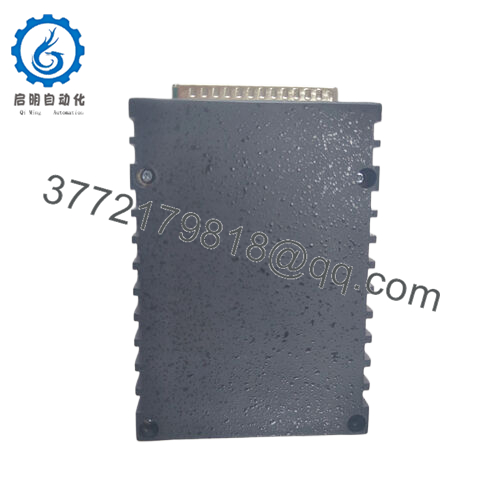
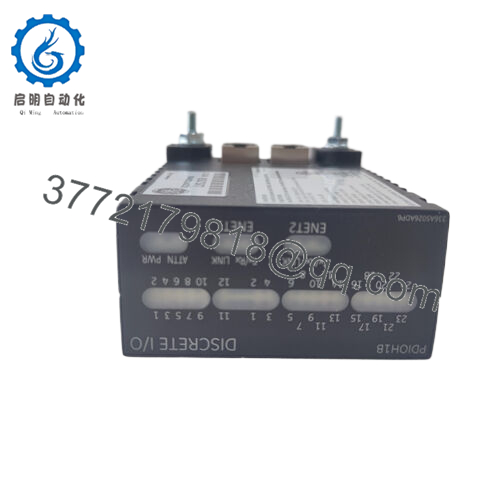
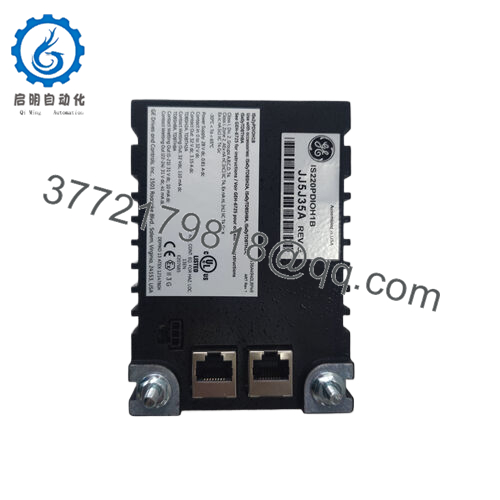
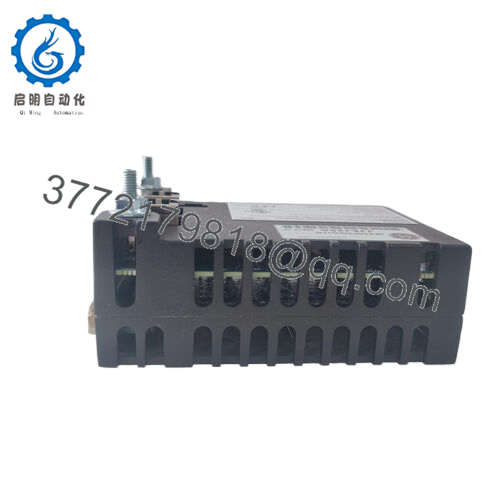
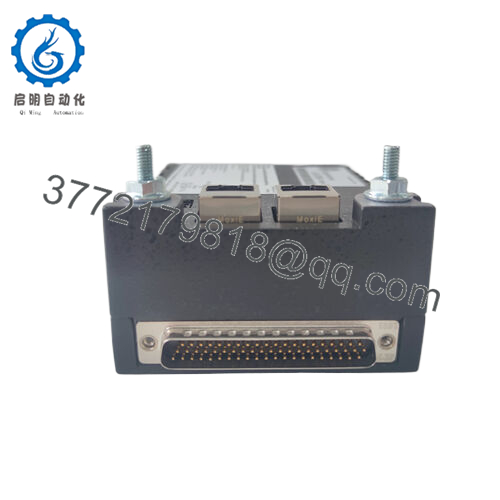
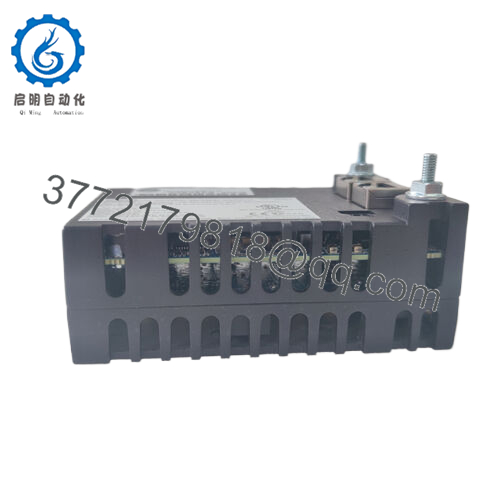
 WhatsApp: +86 16626708626
WhatsApp: +86 16626708626 Email:
Email:  Phone: +86 16626708626
Phone: +86 16626708626